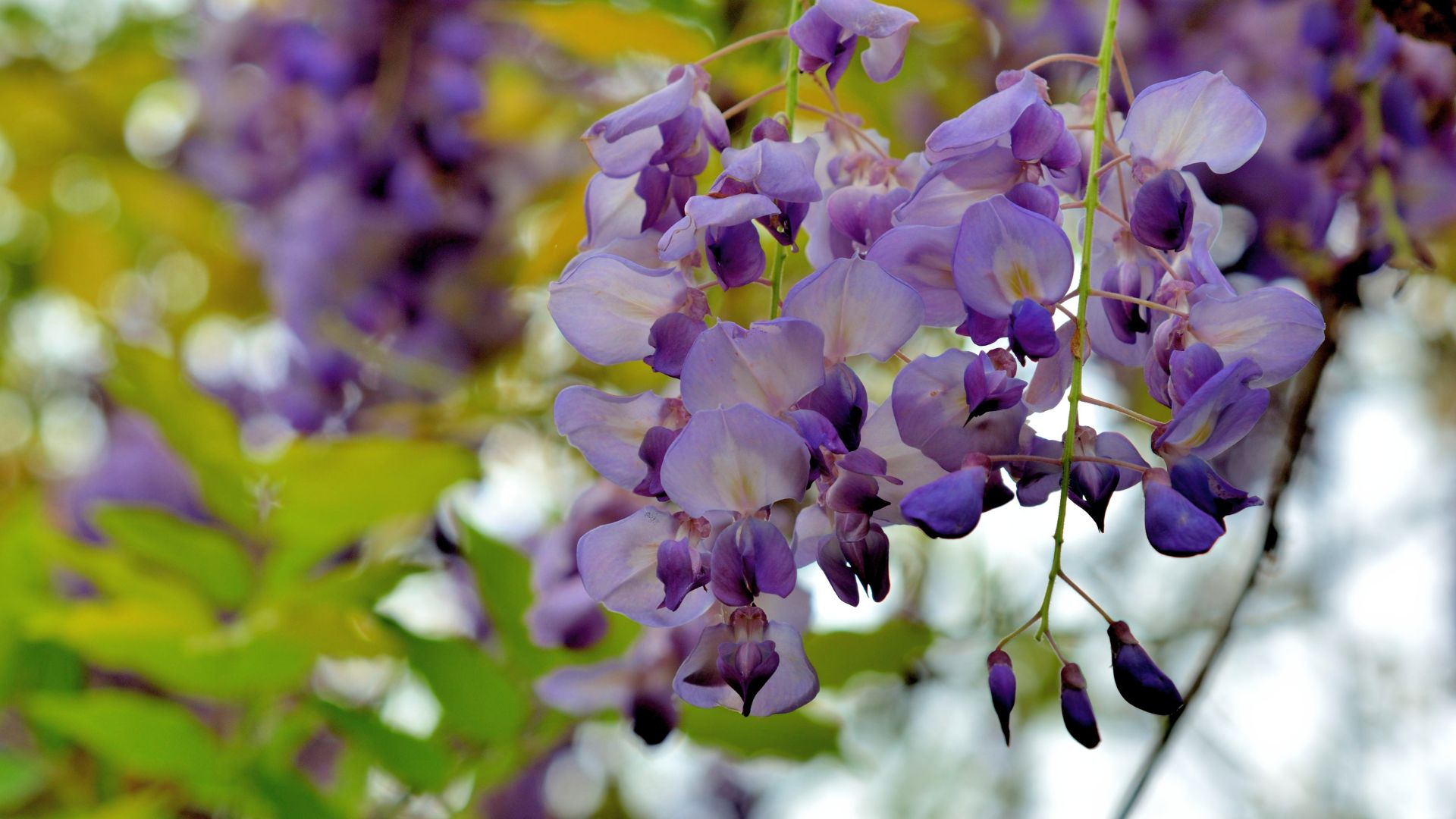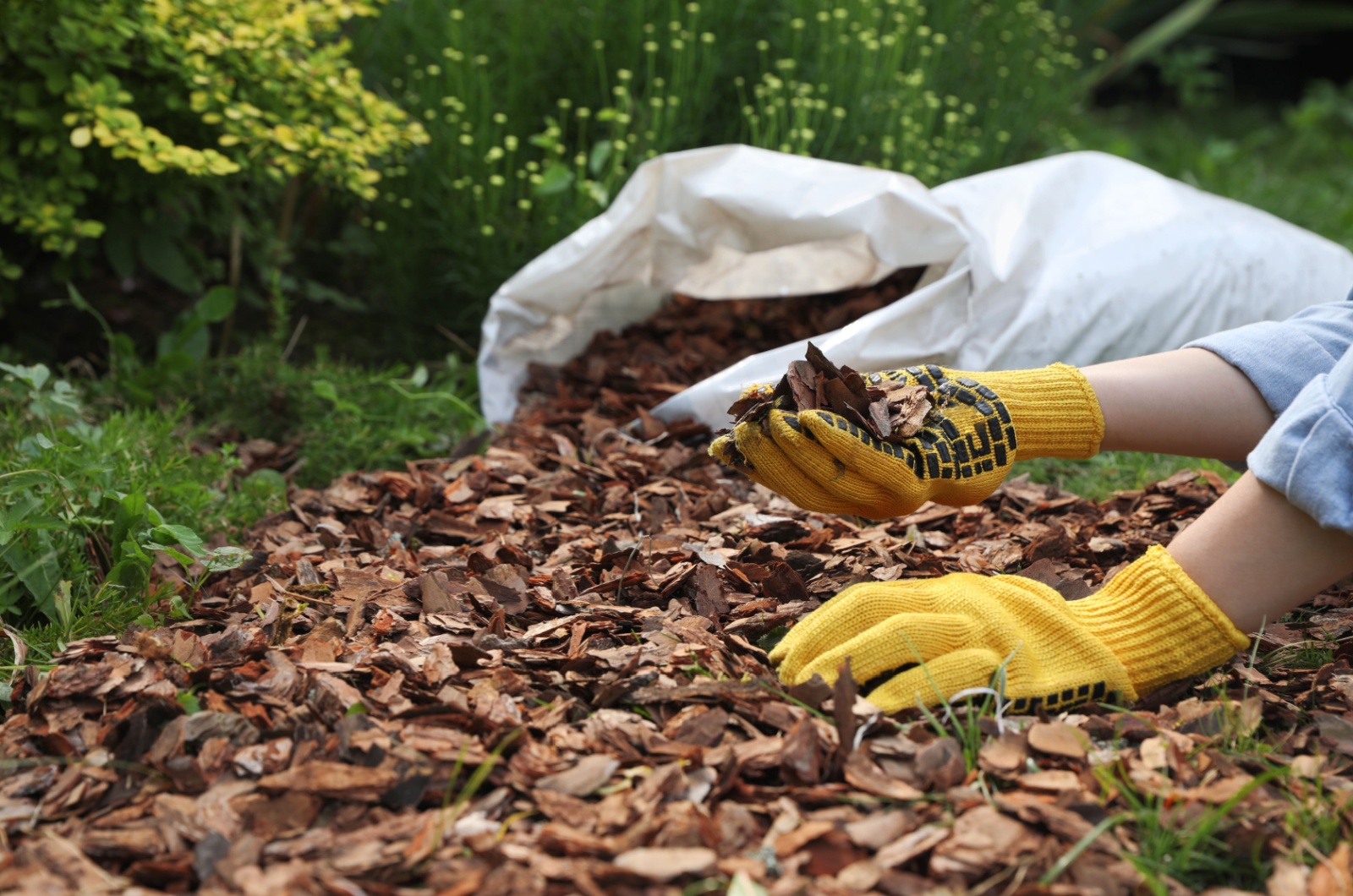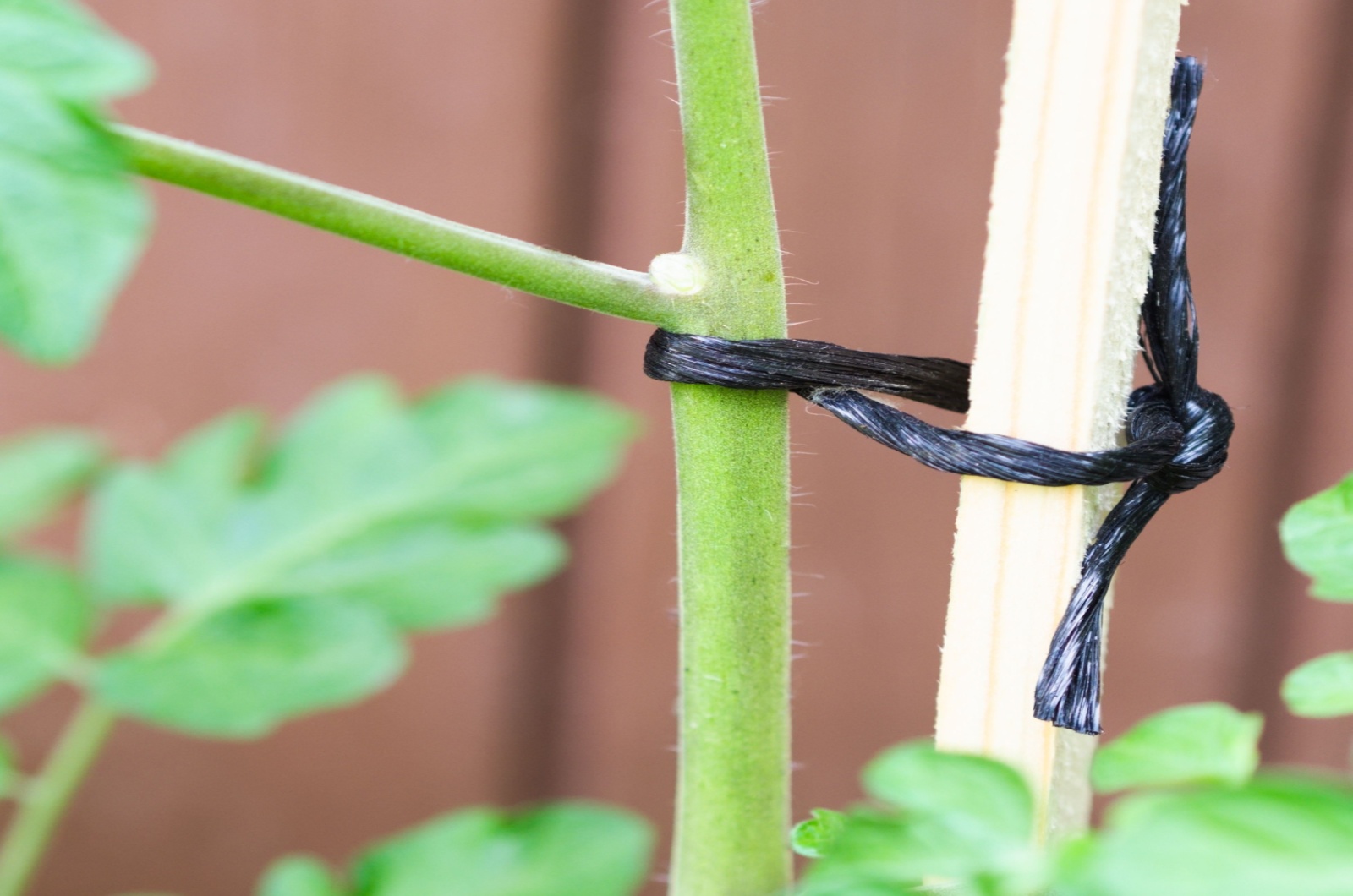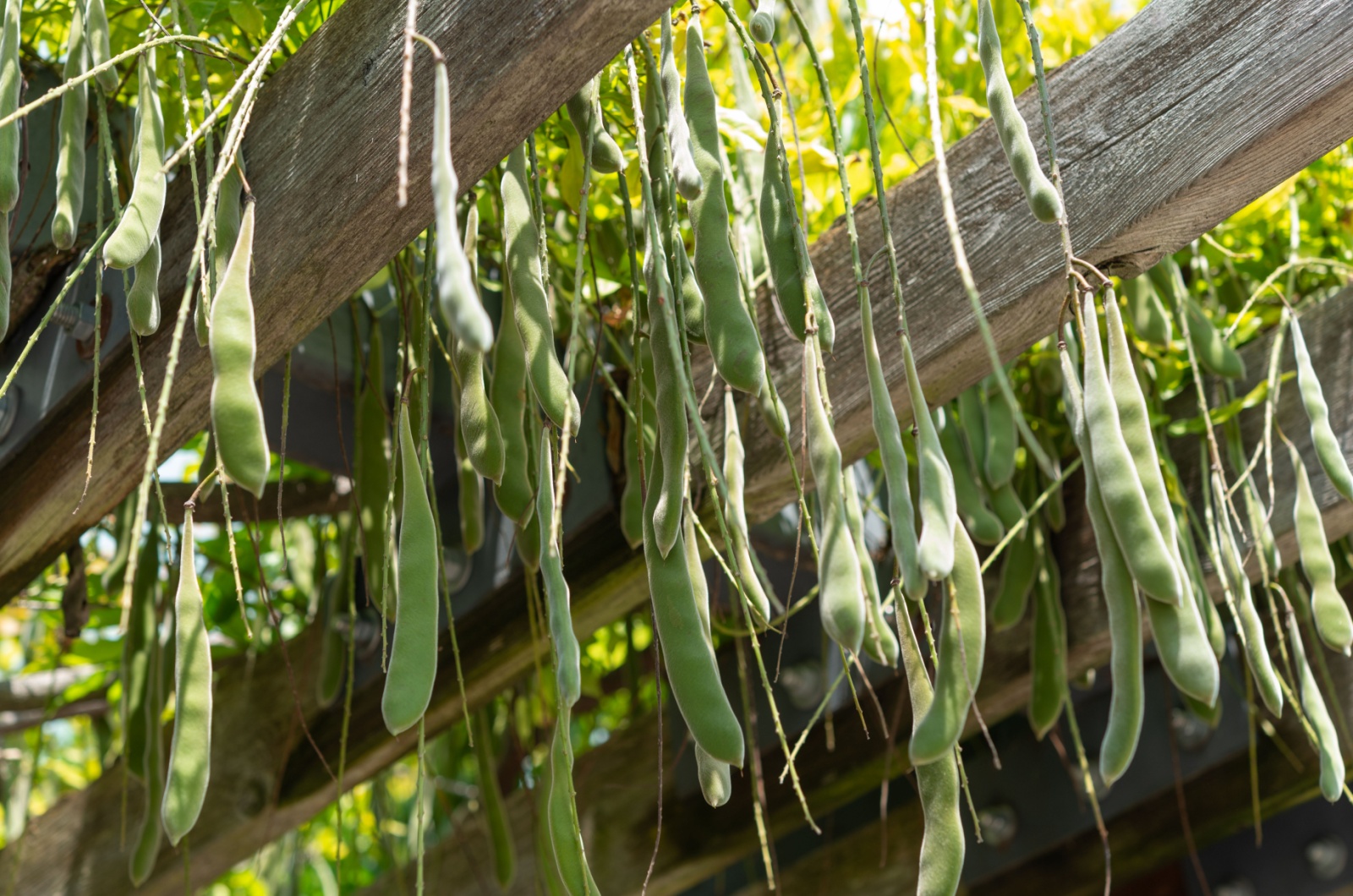We can all agree that wisterias are gorgeous in spring, but what can you do with it in the fall?
As the weather gets colder and days get shorter, you’ll have to give your wisteria a little fall care so that they can bounce back even stronger next year.
I’ve worked with wisteria in all kinds of climates, and trust me, fall prep makes a huge difference!
So, you’ll want to focus on a few key tasks to keep your climbing plants healthy and happy.
The first thing on your list should be…
1. Mulching Your Wisteria
Wisteria plants are pretty tough and can handle temperatures down to 5°F, so they do well in USDA hardiness zones 5 and above.
However, if you live in colder spots like Illinois, New York, Pennsylvania, or Michigan, giving those roots some extra love for winter is always a good idea.
That’s why we need to mulch them first – one season I forgot to mulch my plants, and they were struggling to recover and get back on track.
Mulching actually protects the roots by keeping them warm and holding in the moisture while the plant is dormant. It can also improve the soil, which makes your wisteria bloom even better next year!
This might be helpful: Are You Making These Shocking Mulch Mistakes? Find Out What Could Be Ruining Your Garden
2. Then, You Should Be Tying Their Stems Tightly
Wait, don’t grab those pruning shears just yet!
Wisteria shouldn’t be pruned immediately after summer turns into fall. It’s best for gardeners to wait until winter (usually around February) when the plant is fully dormant.
It’s actually easier to see where to cut once all the leaves are gone, so take this time to sit back and enjoy the beautiful golden leaves instead!
While you’re enjoying the fall colors, you should also learn how to train and secure your wisteria shoots. October, November, and December can bring stormy weather that might put your wisteria at risk.
So, take a few minutes to tie any long, loose, or unsupported stems to protect your climber from strong winds.
You can find plenty of handy products online. Just loosely tie the stems to any support in the garden (trellis or fence).
Remember, give them more space – too tight and you might accidentally hurt your precious plant!
This might be helpful: How To Grow Wisteria And Keep It Under Control
3. Removing Those Seed Pods Is The Final Step
Many wisteria species are quite vigorous and can become invasive if not kept in check.
For instance, take the Chinese wisteria – it grows so fast that it can create a mess if left unpruned or allowed to produce seeds.
That’s why it’s a smart move to remove wisteria seed pods during cool fall weather before they scatter all over your yard. All you have to do is simply trim off those wisteria seed pods during this period.
Use clean, sharp tools and collect the pods in a bucket. And if you’re looking to grow more wisteria, don’t throw away those seeds – save them for planting even more wisteria!
But if you don’t want any extra plants popping up out of nowhere, make sure to throw the pods in your green waste collection.
Don’t add those seed pods to your compost pile because they can easily germinate in the rich soil and completely take over!
Also read: Don’t Miss These Key August Pruning Tips For A Thriving Garden




